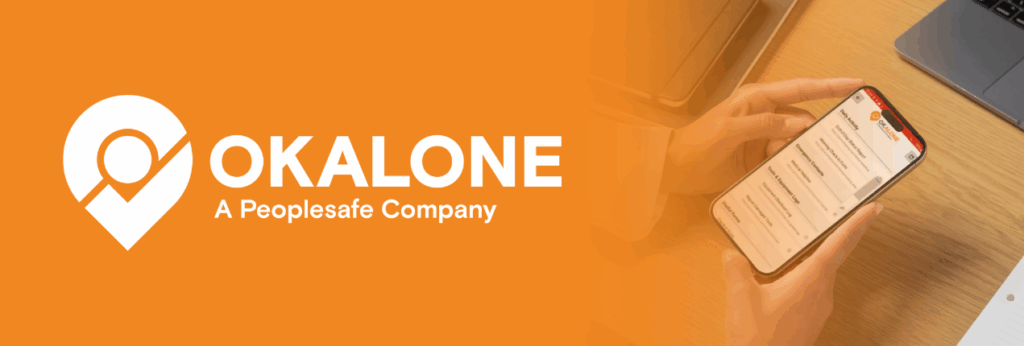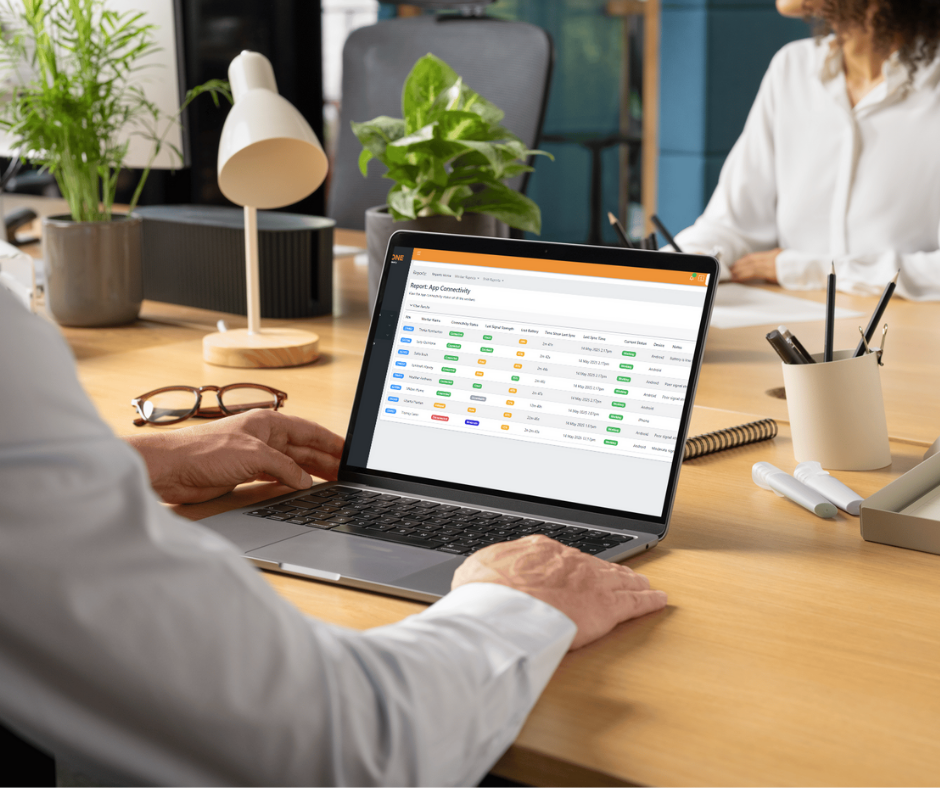Improving the Safety of Employees who Drive for Work

Angelina Robinson and Rick Walters from Road Safety at Work BC. recently hosted a webinar, ‘Improving safety for employees who drive their own vehicles for work’. Amongst the many interesting ideas they shared, one thought-provoking fact really stood out - ‘Any vehicle being used for work becomes the workplace,’ this then means that legal requirements apply whether a vehicle used for work is owned by the company or by the employee. Occupational Health and Safety Regulations do not change regardless of whether it is a company or privately-owned car.
So, who does this affect? Everyone who must drive as part of their job; Care workers, Refuse workers, Paramedics, Road gritters, Delivery drivers, Taxi drivers, Social workers and many, many more!
Legal Requirements for Employers
What needs to be done to ensure all these people are safe? Companies need to make sure the vehicles are fit for purpose. Employers need to know what their legal requirements are and what they are required to do to abide by them. Vehicles need to meet the needs of the staff and meet the needs of the Occupational Health and Safety Regulations (OSHR) by safely performing their intended functions. OHSR’s state that vehicles must be inspected before the start of a shift, therefore, employees using their own cars need to prove to employers that they are doing this.
Maintenance of Vehicles
Road Safety at Work have created Daily Inspection and Maintenance Forms that can be downloaded and emailed to supervisors/employers as evidence of compliance with regulations. Road Safety at Work also have a great page of tips to show what should be checked during a vehicle inspection. If the vehicle is used every day, it is also a good idea to occasionally have a supervisor/manager assist in the inspection, so they are aware of the condition of the vehicle.
Responsibility of Vehicle Owner
All that said, it is the responsibility of the vehicle’s owner to ensure it meets the Motor Vehicle Act regulations, that all maintenance is done to ensure the vehicle is road-worthy and that the vehicle is registered and insured. So, if you are using your own car for work you need to show evidence of road-worthiness and insurance to your employer or, if you use a company vehicle, you need to know that the car is being maintained and insured correctly.
As an employer of people who drive for a living, it is also your responsibility to make sure all staff have received appropriate instruction and that staff are competent and familiar with the operating procedures for any vehicle they are required to drive.
Due Diligence of Workplace Safety
As mentioned above, during the work day any vehicle that is being driven by an employee becomes their ‘work place’. This means that if there was an incident involving the vehicle, an investigation would check work place policies and any due diligence would go back on the employer if it was found the ‘work place’ was not meeting regulations.
Care workers, Refuse workers, Paramedics, Road gritters, Delivery drivers, Taxi drivers, Social workers and all the other people driving as part of their job need to make sure they know who is responsible for the vehicles they are driving and that the right policies and regulations are being followed to ensure their safety. The Canadian Centre for Occupational Health and Safety have a very helpful web page that offers great advice for lone workers; https://www.ccohs.ca/oshanswers/hsprograms/alone/workingalone.html .
Book a Demo Today
Alternatively, get a free trial of the app
Want to try OK Alone? Click the button below and enter your details. It's free and no credit card is required.





